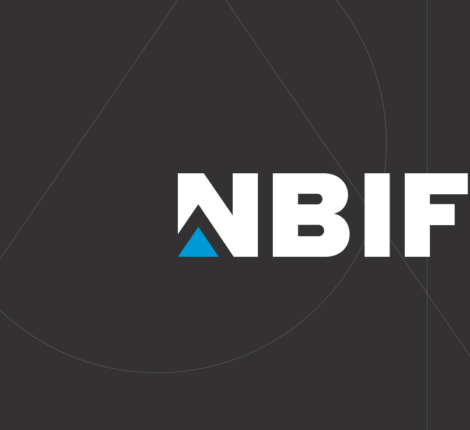- 28 novembre, 2011
- Recherche appliquée
- Comments : 0
Possible uses for organic polymer plentiful
By Geoff Bird – Telegraph Journal | link to original article
When CEO Nauman Farooqi lists the applications for ChemGreen Innovation Inc.'s product, some sound more like technology Q, James Bond's gadgetry whiz, would have whipped up rather than innovation from a Mount Allison University laboratory.
ChemGreen's magnetic plastic could be used to coat the exterior of embassies, government buildings or even the Canadian Security Intelligence Service compound to contain electronic communications signals Farooqi said.
« So nobody can electronically eaves drop on to what's going inside the building, while at the same time ensuring whatever is going on electronically doesn't leave the building, » he said.
ChemGreen's plastic has other innovative attributes – it is conductive and has organic properties – but importantly, it's environmentally friendly compared to its traditional cousin, notorious for toxic emissions during its manufacturing process, known as polymerization, and the costly infrastructure needed to contain those toxins.
« In our process, we're able to use materials that don't release vapours, » Farooqi said, speaking in generalities so as to not divulge the secrets behind GreenChem's patented polymerization process.
GreenChem is a research and development company that's working on creating different applications for a process originally developed by Mount Allison chemistry professor Khashayar Ghandi. The team has five full-time staff, having just hired two post-doctorate fellows to concentrate on research.
Farooqi said the magnetic properties of the plastic could be used in the construction industry to coat pipes and wires hidden behind walls to have an accurate image of their location. The polymer could also be used in vests to protect people with pacemakers.
He said another possibility could be its use in MRIs to amplify imaging capabilities and give more accurate scans. It could also be used in LED lights.
The lab is also able to create organic electrolytes from the polymer, which could someday be found in batteries.
« What we have right now is not as good as a lithium battery, but it's an organic material so it's easier on the environment, » Farooqi said.
The polymerization process has caught the attention of investors, winning New Brunswick Innovation Foundation's Breakthru competition in 2009 to earn a $125,000 equity investment, as well money from the National Research Council's Industrial Research Assistance Program.
« We're in the process of talking to a number of players in the industry, » Farooqi said of ChemGreen's immediate plans.
« The idea is to form a strategic partnership then take our material and scale it up with them and run in through a pilot process. »
Those partnerships are focused on smaller-scaled, niche manufacturers of so-called novel polymers that aren't in the business of making bulk quantities of plastic bottles or other common plastics.
« Novel polymers, since they're smaller and lesser in quantity, then you can fine tune them and make them much more efficiently because you demand a higher premium for those materials, » Farooqi said.
Some of those partnerships are already underway, Farooqi said, though he can't yet reveal names until possibly early in the New Year.
The global polymer industry is worth roughly $9 billion, Farooqi said, and the novel polymers take only a slice of that, though it is still substantial.
Farooqi said there are other innovations that could spin out of the Mount Allison lab.
« We don't want to light too many fires. We just want to do what we can successfully deliver on and take it to the next level, » he said.


